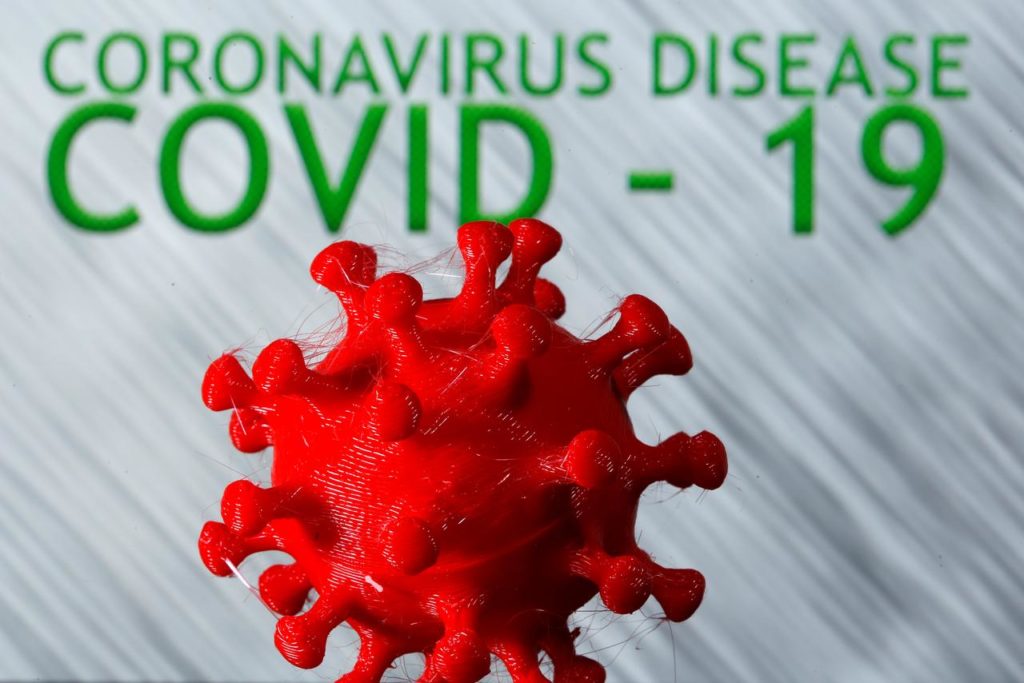WHO Warns Against Untested COVID-19 Traditional Remedies
May 5, 2020 | Pratirodh Bureau
The research, published in the journal Nature, looked at changes to the brain on average 4.5 months after a mild SARS-CoV-2 infection. Using data from 785 participants in the UK Biobank, a large-scale biomedical database and research resource, the researchers found tissue damage and greater shrinkage in brain areas related to smell
The World Health Organization (WHO) said on Monday that medicinal plants such as Artemisia annua, touted as possible treatments for COVID-19, should be tested for efficacy and side effects.
The WHO said it supported scientifically proven traditional medicine, adding that complementary and alternative medicine had many benefits.
The race to find a cure for COVID-19 has sparked renewed interest in plants such as Artemisia annua, also known as sweet wormwood.
Madagascar’s president, Andry Rajoelina, is promoting a cure based on the plant. Although the herbal mix has not been scientifically tested yet, the heads of several African countries have announced placing orders, or received consignments of it.
“Even if therapies are derived from traditional practice and are natural, establishing their efficacy and safety through rigorous clinical trials is critical,” the sub-Saharan Africa regional office of the WHO said in the statement.
The WHO said it was working with research institutions to select traditional medicine products that can be investigated for clinical efficacy and safety for treatment of COVID-19, the respiratory disease caused by the novel coronavirus.
It said caution must be taken against misinformation, especially on social media, about the effectiveness of certain remedies as efforts were underway to find a treatment for COVID-19.
“Many plants and substances are being proposed without the minimum requirements and evidence of quality, safety and efficacy,” it said.
It added that the use of products that have not been robustly investigated could put people in danger, give them a false sense of security and distract from preventive measures.
